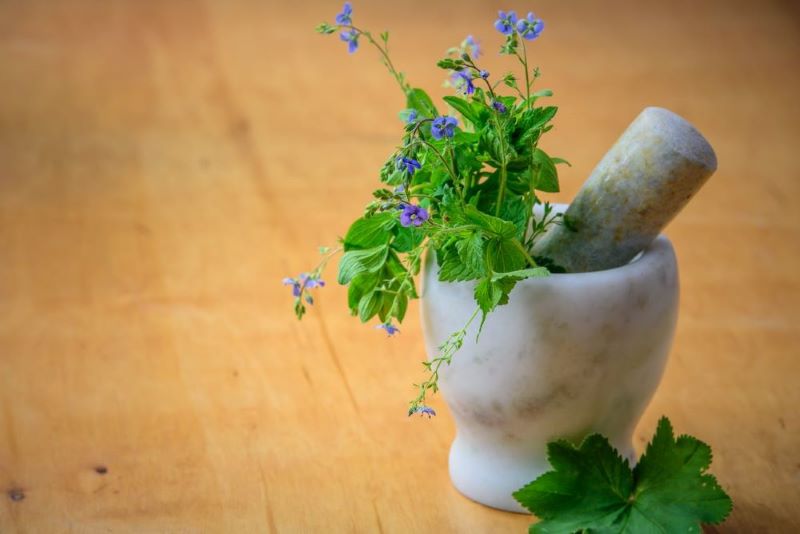Yoga asanas that are especially helpful for managing stress and anxiety:
Ensure your practice is slow and mindful, one of conscious movement with the breath.
Yoga Asana:
- Padmasana (lotus/meditation posture)
- Paschimottansana (seated forward bend)
- Trikonasana (triangle pose)
- Bhujangasana (cobra pose)
- Shalabhasana (locust pose)
- Dhanurasana (bow pose)
- Sarvangasana (shoulder stand pose)
- Halasana (plough pose)
- Matsyasana (fish pose)
- Vajrasana (thunderbolt pose)
- havasana (corpse/resting pose)
Pranayama:
- (see simple practice outlined above)
- Practice deep breathing for 10 minutes.
- Nadi Shodhana (alternate nostril breathing)
- Bhramari Pranayama
- Meditation is an integral part of any yoga practice. Cultivate a daily practice and set specific time(s) for yourself to sit quietly in meditation, even if it is just for 10 minutes in the morning an evening time. With regular practice you will notice the benefits.
- Om Chanting, is extremely calming and beneficial practice for soothing the nerves and bring a sense of peace and overall balance.
- Practice Yoga Nidra for 20 – 30 minutes at night before bed.
Ayurvedic Herbs That May Help to Reduce Stress and Anxiety

Ashwaghanda and brahmi are both adaptogenic herbs, which may help to increase the ability to resist stress and strain on your body and mind. Helping to soothe and calm the nerves and boost mood.
They can also help to lower cortisol levels, improve cognitive functioning, improve sleep and boost immunity.
Always consult with your doctor or a qualified Ayurveda Doctor or practitioner first before taking supplements for the first time and especially if you have any underlying health concerns or are already on medication. Some contraindications may apply.
Aromatherapy for Stress and Anxiety

Aromatherapy is a powerful tool for stress relief.
Studies have shown that inhaling a blend of certain essential oils can reduce stress and anxiety levels while also regulating blood pressure and heart rate.
It also works fast – the effects can be felt almost instantly, as soon as the oil is breathed in – the molecules reach the brain within seconds, or when applied to the skin – they are absorbed into the bloodstream and work on a cellular level to support wellbeing within minutes.
Using aromatherapy essential oils that are known to reduce feelings of stress and anxiety, such as lavender, sandalwood, frankincense, rose, ylang ylang, bergamot and jasmine. These essential oils are well known to have calming, balancing, soothing effects and help soothe and relax the nervous system.
I recommend a calming blend of frankincense, ylang-ylang, bergamot and lavender, as they can have an uplifting effect on mood.
Using a diffuser in your home, or workspace is one of the easiest and safest ways to use essential oils to create a calming and peaceful environment as well as calming the nervous system.
You can also add essential oils to a bath with some Epsom salts. Epsom salts contain magnesium which is absorbed via the skin and is also known for its calming effects (though please note that Epsom salts, or indeed magnesium supplements are not recommended for those with low blood pressure or on blood pressure medication).
You can also make up your own calming essential oil blend by adding a few drops of calming and stress reducing essential oils of your preference to a carrier oil such as jojoba, or coconut oil. Use a 10ml coloured glass roller bottle, which will protect the oils from degrading and will also easily fit in your bag or pocket. Be sure to check and use the correct ratio of oils for you and your skin type – consult with a qualified practitioner or aromatherapist if in doubt. Around 3- 5 drops of essential oils to 10 ml of carrier oil for an average adult without sensitive skin or allergies.
If you are using essential oils on sensitive skin, then you should dilute them further. It is recommended to dilute essential oils 1-2% when using them on someone with sensitive skin or on an area of the body that is more sensitive.
When using an essential oil for the first time, you should test a small area on the back of your hand or on the bottom of the foot as that area is less sensitive than other areas. It is not recommended to use essential oils near the eyes, inside the ears, or inside the nose.
There are many more tips and techniques that can help to ease and reduce stress, anxiety and their associated symptoms.
I would love to hear from you if this helped, or to share what has worked well and not so well for you.
I offer an initial free no obligation discovery call to find out how I can support you further. Please do send me a message if you would like support or are interested to learn more.
If you would like a FREE copy of the E booklet Ayurveda & Yogic Lifestyle – Principles for Living a Healthy Life (which includes more advice, tips, suggestions and recipe ideas), send me a DM.

Please note: It is advisable to always consult with a qualified aromatherapist first if you have not used these oils before or have any underlying health concerns or skin conditions. Patch test first before using on face. Be sure to always use high quality essential oils and cold pressed organic carrier oils where possible. Oils should always be stored in a dark glass bottle to protect their integrity and healing potency, and avoid plastic leaching.
Main – Photo by Elisa Ventur on Unsplash



